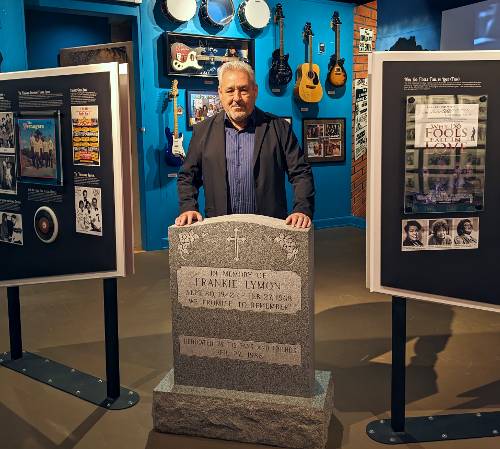Dr. J's Blog

Rock and Roll History, News & Views
- 25 Sensational Instrumentals
- 25 (actually 32) Great Doo Wop Songs
- Best Albums of 2008
- ARP 1 "Owosso's Connection To Motown And The Beatles"
- "Think Rational!" The Rationals Finally Get Respect
- Travelin' Man: On The Road With Bob Seger
- Best Albums of 2009
- Doug Fieger’s Rolling Stones Connection
- Chuck Daugherty’s Adventures On the Airwaves
- Parasomnia Acknowledges Michigan Bands

